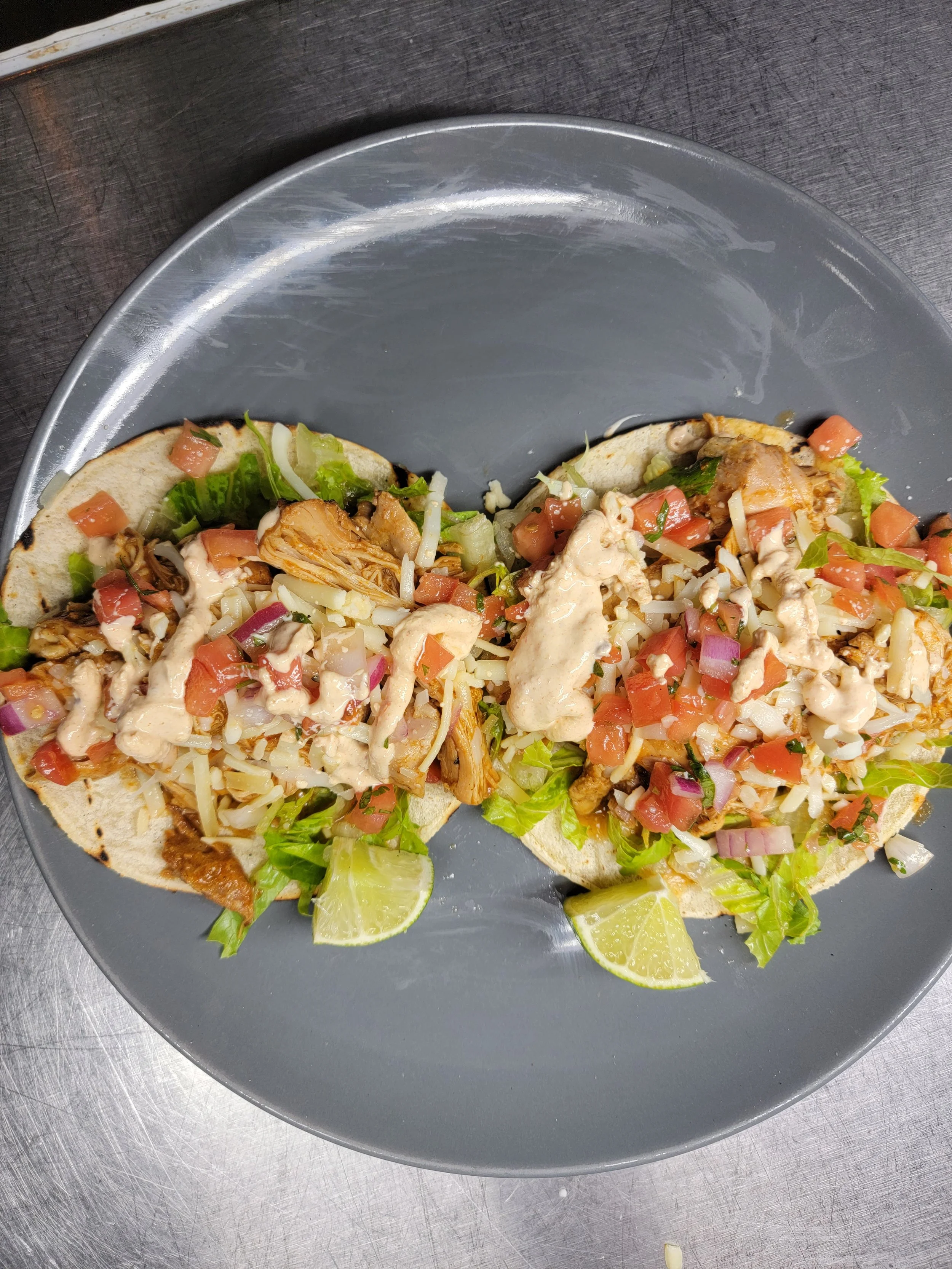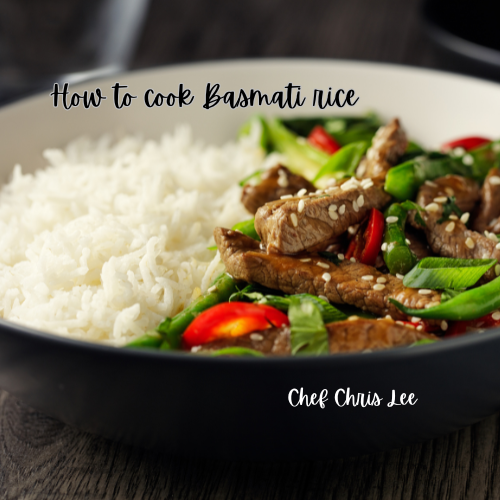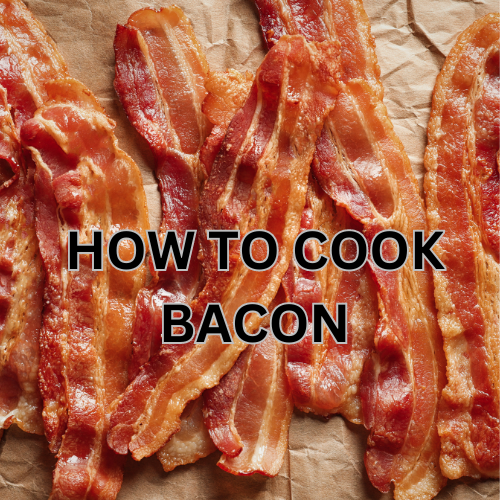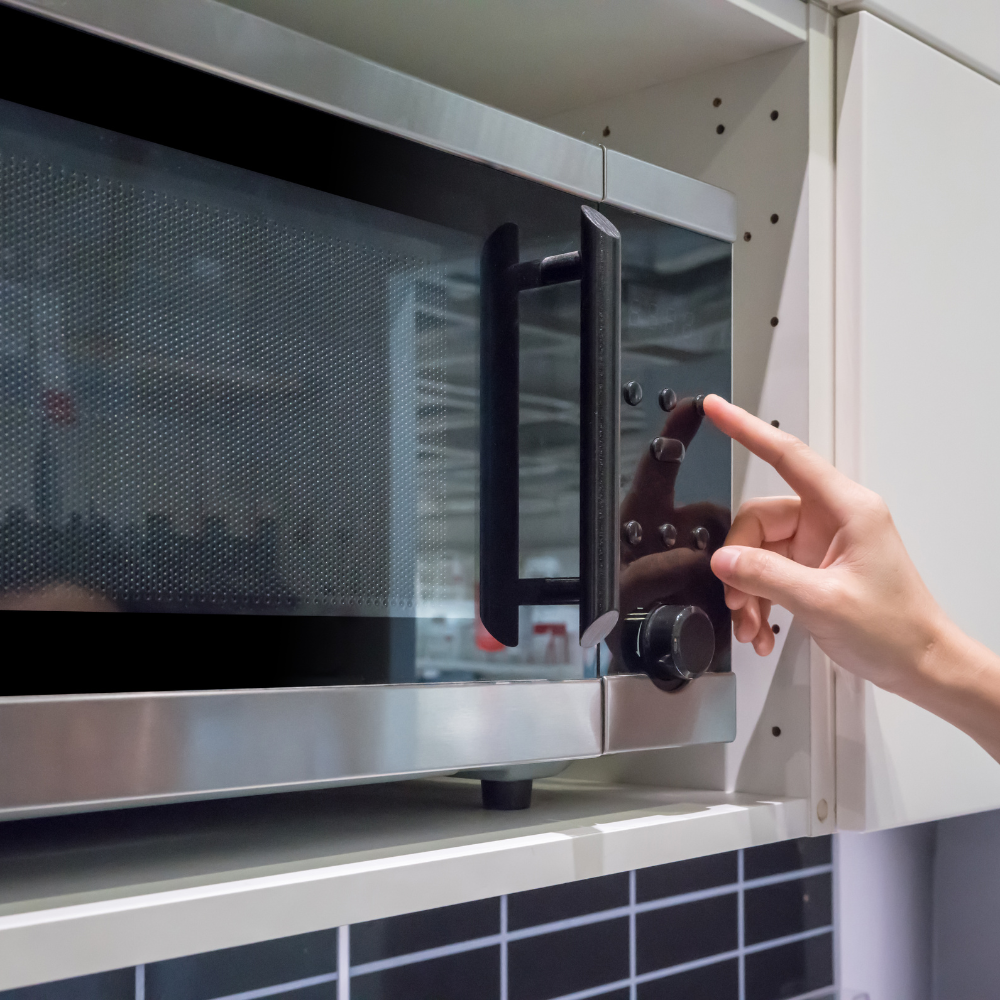How To Sous Vide Pork Chops
Introduction
When it comes to cooking pork chops, achieving the perfect balance of tenderness, juiciness, and flavor can be a culinary challenge. However, the sous vide cooking method offers a revolutionary approach that has taken the culinary world by storm.
By utilizing precise temperature control and extended cooking times, sous vide ensures that your pork chops are cooked to perfection every single time. In this article, we will delve into the art of sous vide cooking for pork chops, exploring its benefits and providing you with detailed instructions on how to achieve succulent results that will leave your taste buds delighted.
Brief Overview of the Sous Vide Cooking Method
Sous vide is a French culinary technique that involves vacuum-sealing food in a plastic bag and then immersing it in a precisely controlled water bath at a relatively low temperature for an extended period. This method provides unparalleled precision and consistency compared to traditional cooking methods. The concept behind sous vide is simple yet powerful: by cooking ingredients at lower temperatures over longer periods of time, they retain their natural moisture while developing incredible tenderness.
The sous vide process involves three key components: an immersion circulator device (commonly known as a sous vide machine), an appropriate container with water (such as a pot or plastic tub), and vacuum-sealed bags to hold the food securely while submerged in water. The immersion circulator heats the water bath to maintain a constant temperature throughout the cooking process, ensuring even heat distribution around all sides of your pork chops.
Explanation of Why Sous Vide is Ideal for Pork Chops
Pork chops are notorious for being tricky to cook perfectly due to their tendency to become dry and tough when subjected to high heat. However, sous vide cooking method offers unparalleled benefits that address these challenges. Firstly, the precise temperature control of sous vide ensures that the pork chops are never overcooked or undercooked, yielding consistently succulent results every time.
Additionally, the gentle cooking process of sous vide eliminates the risk of overcooking and drying out the meat. Since the pork chops are sealed in a vacuum bag, they are effectively insulated from direct contact with high heat sources.
This allows for gradual and even cooking throughout, resulting in tender meat that retains its natural juices. Sous vide also provides an opportunity to infuse your pork chops with a variety of flavors.
By seasoning them before sealing in the vacuum bags, you can create a depth of flavor that permeates every fiber of the meat during the long cooking process. This results in a mouthwatering taste experience that is simply unmatched by other cooking methods.
Choosing the Right Cut
When it comes to selecting the perfect pork chops for sous vide cooking, there are a few factors to consider. One of the first decisions to make is whether to go for bone-in or boneless chops. Bone-in pork chops generally have more flavor and tend to stay juicier during the cooking process, thanks to the bones acting as insulators.
On the other hand, boneless pork chops cook more evenly and are easier to eat. The choice ultimately depends on personal preference and desired presentation.
In addition to considering bone-in or boneless options, it's important to choose pork chops with an optimal thickness for sous vide cooking. Aim for cuts that are at least 1 inch thick, as thinner cuts can easily overcook and become dry.
Thicker chops allow for a longer cooking time without risking a loss of moisture. Remember that sous vide cooking is all about precision and tenderness, so opting for thicker cuts will help achieve excellent results.
Consideration of Marbling and Fat Content
Marbling refers to streaks of intramuscular fat within meat, which plays a crucial role in both flavor and tenderness. When selecting pork chops for sous vide preparation, look for cuts with ample marbling as this will enhance taste and juiciness when cooked low and slow. The presence of marbling ensures that even leaner cuts remain moist throughout the sous vide process.
Furthermore, fat content is an important consideration when choosing pork chops for sous vide cooking. Leaner cuts such as loin or sirloin can benefit from added fat either through marbling or by adding some external fat during seasoning—this helps create a more succulent final product by preventing dryness during prolonged cooking periods in a water bath set at lower temperatures.
Taking into account these factors—choosing the right cut, optimal thickness, and considering marbling and fat content—will guarantee a successful sous vide pork chop experience. Remember, the quality of the pork chops you choose is the foundation of a flavorful and tender end result.
Preparing the Pork Chops
Seasoning Options and Flavor Profiles
When it comes to seasoning pork chops for sous vide cooking, the options are endless. The goal is to enhance the natural flavors of the meat while adding depth and complexity.
One popular approach is to use classic herbs and spices such as rosemary, thyme, and garlic. These aromatic herbs infuse the pork chops with a delightful fragrance that complements their rich flavor.
To season your pork chops, finely chop fresh herbs like rosemary and thyme, and mince some garlic cloves. Sprinkle these seasonings generously on both sides of the meat.
Experimenting with Marinades or Dry Rubs
For those looking to elevate their pork chops to new heights, experimenting with marinades or dry rubs can be a game-changer. Marinades are liquid-based flavor enhancers that penetrate deeply into the meat, infusing it with a multitude of flavors. Consider creating a marinade using ingredients like soy sauce, honey, mustard, vinegar, and Worcestershire sauce.
Combine these ingredients in a bowl and marinate your pork chops for at least one hour before sous vide cooking. Dry rubs consist of various spices and seasonings mixed together into a flavorful blend that is applied directly onto the surface of the meat.
You can create your own dry rub by combining ingredients such as paprika, cayenne pepper, brown sugar, salt, pepper, and other spices according to your taste preferences. Generously coat both sides of your pork chops with the dry rub mixture before vacuum sealing them.
Vacuum Sealing Techniques for Maximum Flavor Infusion
To maximize flavor infusion during sous vide cooking, proper vacuum sealing techniques are essential. The purpose of vacuum sealing is to remove air from around the meat so that it remains in direct contact with the seasonings and marinades. This ensures that the flavors penetrate every inch of the pork chops.
When vacuum sealing your seasoned pork chops, make sure to follow these steps for optimal results. First, place the seasoned pork chops in a high-quality vacuum sealing bag.
Smooth out any wrinkles or folds to create a tight seal. Then carefully insert the open end of the bag into a vacuum sealer machine, ensuring it is properly aligned with the sealing strip.
Activate the vacuum sealer, and it will suck out all the air while creating an airtight seal. By utilizing proper vacuum sealing techniques, you ensure that your pork chops are fully immersed in their flavorful marinades or enhanced by dry rubs, resulting in tender, succulent meat with deeply infused flavors when cooked sous vide style.
Setting Up the Sous Vide Bath
Selecting an Appropriate Water Bath Container
When it comes to choosing a container for your sous vide bath, there are a few factors to consider. First and foremost, you'll need a vessel that can hold enough water to fully submerge your pork chops. A pot or a plastic tub works well for this purpose.
The size of the container will depend on the number and size of the pork chops you plan to cook. Keep in mind that you want the water level to be above the minimum fill line indicated on your immersion circulator device.
Additionally, consider the material of the container. Most commonly, stainless steel pots or food-grade plastic tubs are recommended due to their excellent heat retention properties.
Avoid using containers made from materials that may leach chemicals into the water when exposed to high temperatures. Also, ensure that your chosen container is stable and can withstand prolonged exposure to heat without warping or melting.
Attaching and Calibrating the Immersion Circulator Device
An immersion circulator is an essential tool for sous vide cooking as it maintains precise temperature control throughout the cooking process. Before attaching it to your chosen container, make sure it is clean and free from any debris that could impact its performance. To attach the immersion circulator, simply follow the manufacturer's instructions provided with your specific model.
Usually, this involves securing it onto the side of your pot or placing it inside a dedicated holder if using a plastic tub setup. Once attached, you'll need to calibrate your immersion circulator device before use.
Calibration ensures accurate temperature readings inside your water bath. Follow the manufacturer's guidelines for calibration as they may vary depending on your specific model.
Temperature Control Precision and Accuracy Importance
Precise temperature control is crucial in sous vide cooking because it allows you to achieve consistent and predictable results. Even slight temperature fluctuations can affect the doneness and texture of your pork chops. Ensure that your immersion circulator has an accurate temperature control system.
Some models come with built-in thermometers, while others rely on external temperature probes. Whichever type you have, it's a good practice to double-check the accuracy using a separate digital thermometer for added assurance.
Maintaining a stable water bath temperature is equally important. Make sure to monitor the water temperature throughout the cooking process using a reliable thermometer.
If necessary, adjust the immersion circulator settings to maintain the desired temperature range for optimal results. Remember, precision and accuracy in maintaining the sous vide bath's temperature are key elements in achieving perfectly cooked, tender pork chops every time you employ this cooking method.
Cooking Time and Temperature Guidelines
Recommended temperature range for pork chops (145°F to 150°F / 63°C to 66°C)
When it comes to sous vide cooking, precise temperature control is of utmost importance. For perfectly cooked pork chops, the recommended temperature range is between 145°F to 150°F (63°C to 66°C).
This range ensures that the meat reaches a safe internal temperature while still retaining its juicy tenderness. It strikes a balance between achieving a succulent texture and minimizing any risk of overcooking.
Achieving desired doneness levels (medium-rare, medium, etc.)
Sous vide cooking allows you to achieve your desired doneness level with exceptional precision. To cook pork chops to medium-rare, set your sous vide bath at around 145°F (63°C) and let the meat cook for about an hour. For a medium doneness level, increase the temperature slightly to around 148°F (64°C) and cook for an additional half hour.
Keep in mind that these times may vary depending on the thickness of your pork chops. It's worth noting that sous vide pork chops cooked at these temperatures will have a slight pink hue in the center due to myoglobin pigment reactions.
However, rest assured that they are perfectly safe to consume as long as they reach the recommended internal temperature. The benefit of sous vide cooking is that it guarantees an evenly cooked chop from edge-to-edge without any gray rings commonly seen with traditional methods.
Safety considerations regarding minimum cooking temperatures
When it comes to food safety, there are two crucial aspects every cook should prioritize: trichinosis prevention and adhering to USDA guidelines on safe pork consumption temperatures. Trichinosis is caused by parasites called Trichinella spiralis present in raw or undercooked pork. The sous vide method, with its precisely controlled temperatures, effectively eliminates this risk.
By cooking your pork chops to the recommended temperature range of 145°F to 150°F (63°C to 66°C), you can be confident that any potential parasites will be destroyed, ensuring safe consumption. The USDA guidelines also emphasize the importance of cooking pork to a minimum internal temperature for safety reasons.
They recommend a minimum internal temperature of 145°F (63°C) for whole cuts and ground pork products alike. Sous vide cooking allows you to achieve and maintain these temperatures consistently throughout the entire chop, enhancing both safety and flavor.
Remember, it's essential to prioritize food safety and follow these guidelines when preparing your sous vide pork chops. With proper cooking techniques and adherence to recommended temperatures, you can enjoy deliciously tender pork chops without compromising on health or taste.
Sous Vide Cooking Process
Preheating the water bath to desired temperature
Before immersing the pork chops into the water bath, it is crucial to preheat the water to the desired temperature. This step ensures that the cooking process starts at the right heat, allowing for precise and consistent results. It is recommended to set the immersion circulator device to the desired temperature and allow ample time for it to heat up.
The duration may vary depending on factors like water volume and initial temperature. Patience here ensures accuracy in achieving your desired doneness.
Placing seasoned pork chops in vacuum-sealed bags
Once your water bath has reached its target temperature, it's time to prepare your seasoned pork chops for sous vide cooking. First, ensure that each chop is properly seasoned according to your preferred flavors or recipe. Next, place each chop into individual vacuum-sealed bags.
Care should be taken not to overcrowd the bags as this can hinder proper circulation of heat and result in uneven cooking. It is advisable to leave enough room between each chop so that they have ample space for even distribution of heat.
Ensuring proper air removal from bags before sealing
Before sealing the bags, it's critical to remove any excess air from them for optimal results during sous vide cooking. Excess air can potentially affect both flavor infusion and uniformity in texture—the main benefits of this method.
To ensure proper air removal, you can use a vacuum sealer machine specifically designed for this purpose or employ a manual hand pump technique if using zip-top bags with a water displacement method (explained shortly). Whichever method you choose, it's essential to achieve a tight seal without any remaining air pockets inside the bag.
Utilizing displacement method to remove remaining air bubbles
If using zip-top bags instead of vacuum-sealed bags, employing the water displacement method is an effective way to remove any remaining air bubbles. Once the seasoned pork chops are placed in the bag, partially seal it, leaving a small opening for air to escape. Carefully submerge the bag into the water bath, allowing water pressure to push out any excess air while maintaining a secure grip on the bag's opening.
Slowly immerse it until only a small portion remains above water level. Seal the bag tightly just before all remaining air is pushed out and no bubbles are visible.
Conclusion
Sous vide cooking offers an exceptional method for achieving perfectly cooked pork chops with unparalleled tenderness and flavor infusion. Preheating your water bath to the desired temperature ensures precision in cooking from start to finish. Placing seasoned pork chops in vacuum-sealed bags guarantees that flavors stay locked in and evenly distributed during cooking.
By properly removing air pockets and utilizing displacement methods when necessary, you can achieve optimal results every time. So go ahead and elevate your culinary skills by embracing this outstanding technique – succulent, effortlessly cooked pork chops await!























































